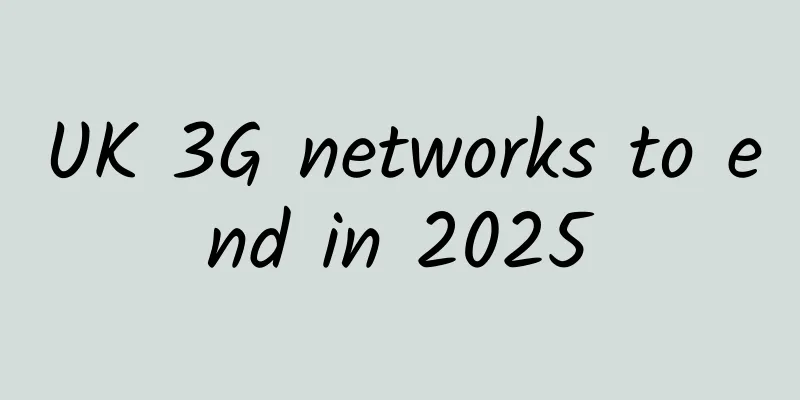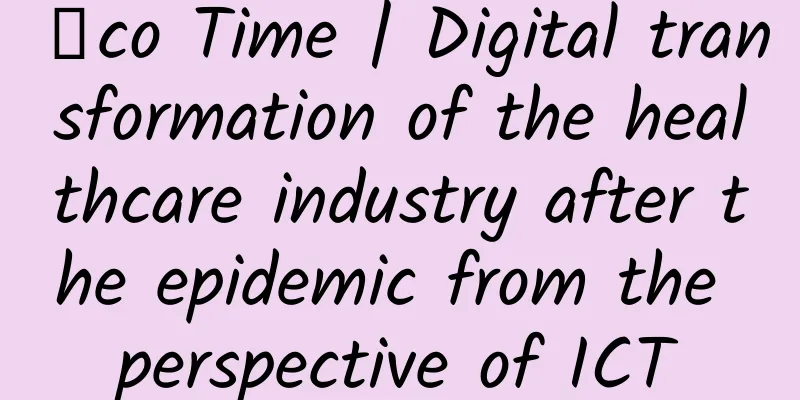Learning and remembering: RPC framework calling process

Introduction to RPCRPC is the abbreviation of Remote Procedure Call. It is a protocol that requests services on a remote computer program through the network without having to understand the underlying network technology. No additional programming is required in the code, just like calling a local method directly. RPC Framework RoleThere are three important roles in the RPC framework: RPC Server, RPC Client and Registry, as shown in the following figure:
RPC core componentsThe RPC architecture consists of five core components: Client, Client Stub, Server, Server Stub, and NetWork Service. Stub can be understood as a stub.
RPC call processThe overall calling process of the RPC framework is shown in the following figure:
The goal of the RPC architecture is to encapsulate steps 2, 3, 4, 7, 8, and 9 so that the caller feels like calling a local method. Open source RPC framework
|
<<: What is coming will come. Taiwan may shut down 3G this year.
>>: 6 hot trends in IT recruiting, and 5 that are cooling down
Recommend
New breakthrough! WiFi 7 is coming soon…
On February 15 , Qualcomm's official website ...
Understand the IP location function of the entire network in one article
Recently, WeChat, Douyin, Weibo, public accounts ...
Comparative Analysis of Kubernetes Network Plugins (Flannel, Calico, Weave)
[[269494]] This article will focus on exploring a...
Multiple new vulnerabilities in 4G networks may cause server crashes (paper attached)
US researchers recently discovered 10 new vulnera...
What the three major operators fear the most has come, and packages say goodbye to the "routine" era!
With the continuous development of science and te...
Hosteons: Ryzen7950x series VDS monthly payment starts from $7, 4GB/25GB/15TB@10Gbps/Los Angeles & Dallas & Salt Lake City data centers
Hosteons launched the VDS (Hybrid Servers) series...
TmhHost Spring 30% off: Los Angeles, USA/Los Angeles High Defense/Hong Kong CN2+BGP monthly payment starts from 24 yuan
TmhHost is carrying out a spring back-to-school p...
Building the Implementation Path of Bank 4.0 with Innovative Networks——See You at the 2020 Huawei Financial Network Innovation Summit
To preserve and increase the value of wealth is a...
Beware of these pitfalls when buying wireless routers: Gigabit Ethernet ports and 5GHz are the most critical
315 is coming soon, and various consumer rights p...
12 Myths About Blockchain Technology
Blockchain, the distributed ledger technology, ha...
How businesses can improve remote collaboration in 2021
Since the outbreak of the pandemic last year, the...
RackNerd: Los Angeles AMD Ryzen+NVMe series Windows VPS restock starting at $60/year
RackNerd recently restocked the DC02 (MC Data Cen...
Huawei Cloud releases three types of six computing instances to build stronger cloud computing capabilities
On December 15, Huawei Cloud held its latest priv...
Three simple steps to prevent DNS hijacking
I clearly entered the website address of a portal...
Megalayer: Hong Kong/Philippines/USA/Singapore special VPS starting at 199 yuan per year, native IP starting at 249 yuan per year
Megalayer promotional VPS packages are being rest...









